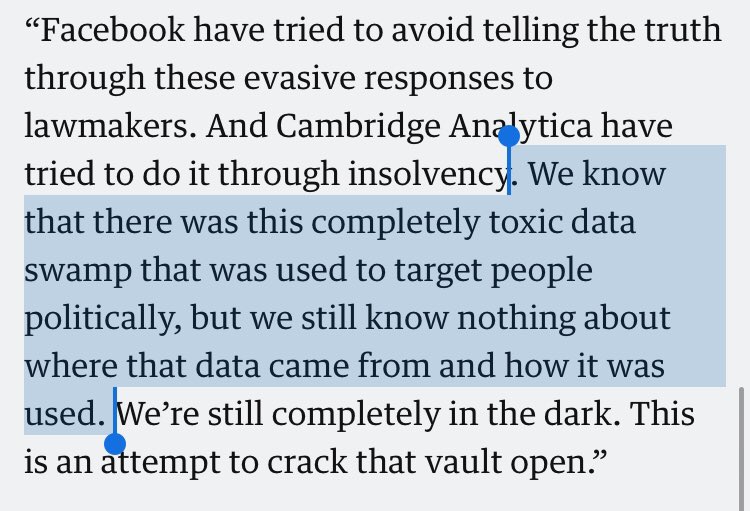In the "after" code, PlayerView just directly asks the Player if it is playing.
If you like my work, please consider making a small contribution. Every dollar helps.
gofundme.com/f/rip-jason-an…
Keep Current with GeePaw Hill
This Thread may be Removed Anytime!
Twitter may remove this content at anytime, convert it as a PDF, save and print for later use!

1) Follow Thread Reader App on Twitter so you can easily mention us!
2) Go to a Twitter thread (series of Tweets by the same owner) and mention us with a keyword "unroll"
@threadreaderapp unroll
You can practice here first or read more on our help page!






